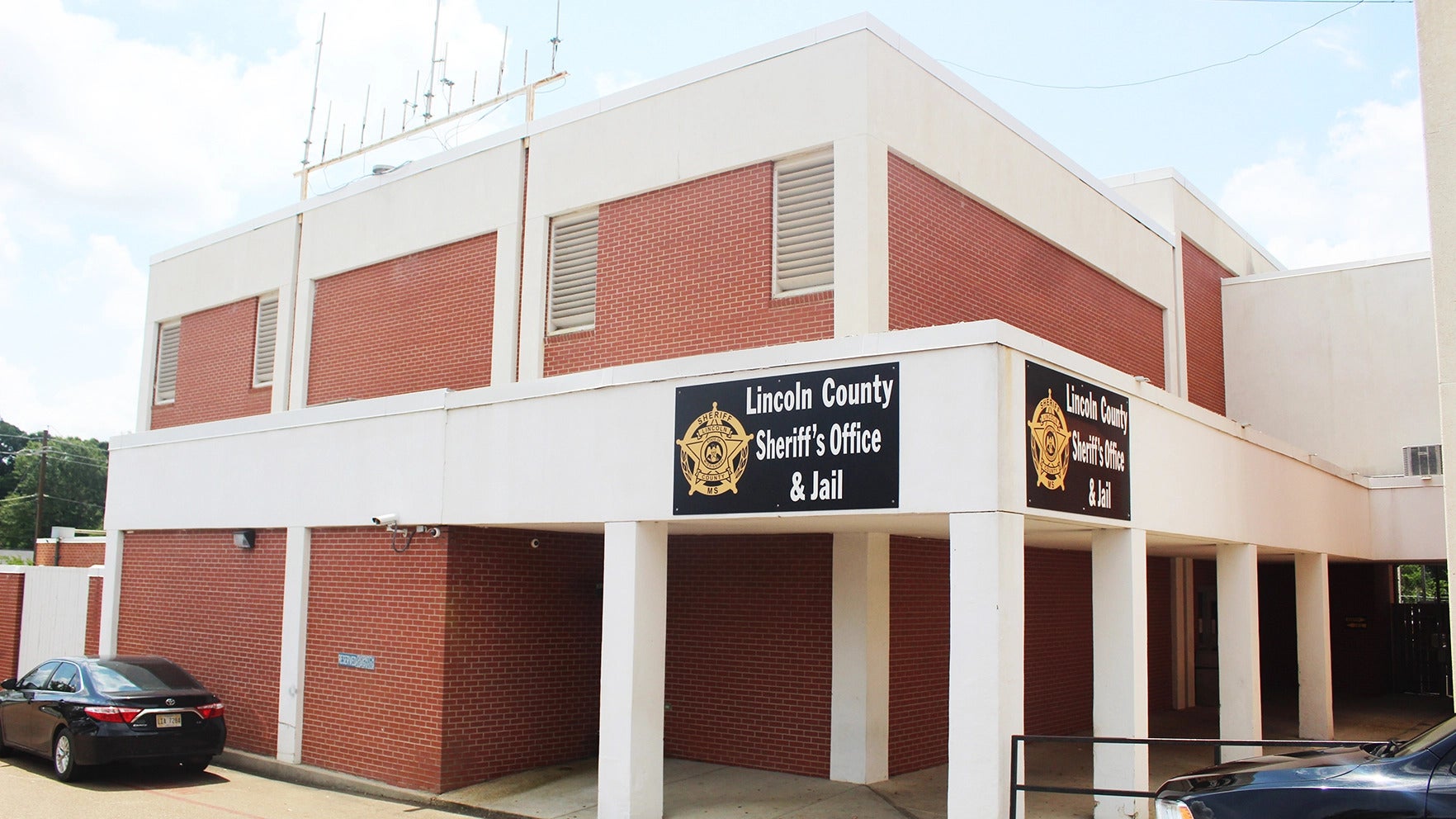Brookhaven soldier helps ‘topple’ Saddam
Published 5:00 am Friday, April 11, 2003
Photographs capture more than events. They capture emotion andcan come to symbolize an entire series of events, such as awar.
The Marines raising the U.S. flag at Mount Suribachi on Iwo Jimais a lasting testament to the ferocity and determination ofAmerican forces during World War II.
Wednesday, American forces in the center of Baghdad were askedby the Iraqi people to help them tear down a large statue of SaddamHussein in a town square. Those images are already being talkedabout as the ones that will symbolize Operation Iraqi Freedom –and a Brookhaven native may be seen in some of those photos.
Corporal Dustin Campbell, 22, of Brookhaven, with the 3rdBattalion, 4th Marine Regiment, was at the scene Wednesday when thestatue, and Hussein’s regime, toppled.
“He was right there in the middle of it when the statue camedown,” said Donna Stokes, Campbell’s sister.
Stokes said Campbell didn’t provide a lot of details during abrief call home Wednesday night.
“This was a very short phone call,” she said. “He borrowed aBritish reporter’s satellite phone to make the call, but he saidthey were right there in front of the statue.
“He acted like it was nothing and wanted to talk about otherthings, like bathing,” she said and laughed, noting he said hehadn’t had a bath in four weeks.
Stokes said Campbell wasn’t aware of the significance the publicput on the toppling of the statue and considered it just part ofhis job.
“He does not know the coverage of the war that is going onhere,” she said.
According to Stokes, Campbell said the Marines were justassigned to watch the crowd at first. After repeated failedattempts by the crowd to topple the statue, however, an Iraqi askedfor the Marines’ assistance. The Marines used an armored vehicle tobring down the statue amid the wild cheers of Iraqi citizens.
Campbell’s unit has been a workhorse in Operation IraqiFreedom.
According to John Koopman, a reporter embedded with the unit,the 3rd Battalion, 4th Marines had been pursuing regular Iraqi armyunits around Basra, then taking on irregular militia and Fedayeengroups along the route from Basra to Baghdad.
They fought tough battles in Diwaniya and Kut, and engaged inserious firefights on the bridge over a canal on the eastern edgeof Baghdad. They lost three Marines to Iraqi fire in thosebattles.
Campbell had a close shave while crossing the bridge, Stokessaid. He told her he was 20 feet behind two Marines who were killedwhen an Iraqi 155 mm projectile struck an armored vehicle. Fourother Marines were injured.
The unit continued to forge forward into Baghdad, meeting littleresistance, Koopman wrote. Members of the press corps, who had losttheir escorts and minders earlier in the day, met with them. Theyrequested security from looters, robbers and the Fedayeen.
The unit then proceeded to al-Firdos Square, where the statuewas, and the Palestine and Sheraton hotels. The Marines establisheda defensive perimeter there to protect the press corps in thehotels and for local hospitals.
After the fall of the statue, Koopman wrote, the Iraqis andMarines exchanged high-fives, laughed together and tradedknickknacks. Young Iraqis put flowers in the pockets of theMarines’ body armor.
Campbell was born and raised in Brookhaven. He was mobilized tothe war from his permanent station at Marine Corps Base TwentyninePalms, Calif.





